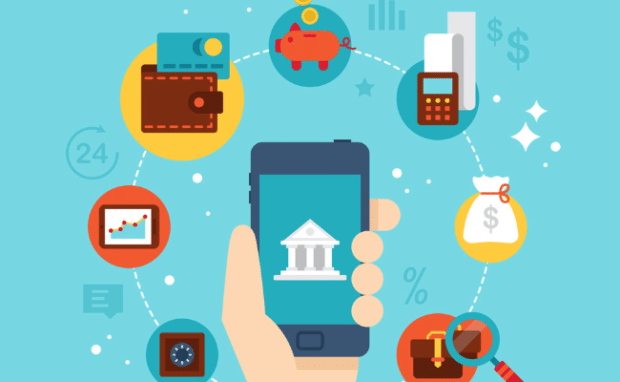CEBU CITY, Philippines — As the Bangko Sentral ng Pilipinas (BSP) starts accepting applications for digital banking licenses again, the Philippine financial sector is set for a big change.
This move highlights the important role digital banks play in improving financial inclusion and meeting the credit needs of underserved Filipinos.
Industry leaders like chief executive officer Greg Krasnov of Tonik, one of digital banks or neobanks licensed by BSP, see a bright future for digital banking in the country, fueled by the ongoing demand for accessible credit. The prefix “neo” is Latin for “new.” These “new banks” or neobanks provide traditional banking services via online devices and services.
Financial technology, or fintech, has emerged as a game-changer in the Philippine banking sector. By leveraging innovative technologies and alternative data, fintech has made it possible to extend credit to the mass market, including those traditionally excluded by conventional banks.
READ:
BSP: More digital banks joining the industry soon
BSP ready to welcome more digital banks
“Fintech is very good in using alternative data in granting loans,” said Krasnov in an interview, emphasizing the importance of predictive analytics in assessing the creditworthiness of borrowers. This approach allows digital banks to make informed lending decisions, thereby broadening the reach of financial services.
Krasnov, during his visit here to introduce the company to the Cebu market, noted the positive impact of digital banking on financial inclusion. Since the advent of digital banking in the Philippines, a significant number of unbanked and underserved individuals have been integrated into the financial system. However, as Krasnov pointed out, there remains substantial potential for growth.
Digital banks offer significantly better interest rates compared to the notorious “5-6” lending system, which has long been discouraged by authorities due to its predatory nature.
5-6 lending
The 5-6 lending system refers to an informal credit scheme prevalent in many Filipino communities. Under this system, borrowers typically repay loans with a 20 percent interest rate, meaning they must pay back P6 for every P5 borrowed. This exorbitant interest rate traps many low-income individuals in a cycle of debt, exacerbating their financial struggles.
Authorities have been working to curtail this exploitative practice, promoting more sustainable and fair lending alternatives.
READ:
Unbanked Filipinos don’t know much about legitimate ‘credit’
Digital banks, with their bank-level interest rates, present a compelling alternative to the 5-6 system. By offering affordable and accessible credit, Krasnov emphasized that digital banks not only alleviate the financial burden on borrowers but also foster a culture of responsible lending and borrowing.
Growth of digital banking
That sector in the Philippines has experienced remarkable growth in recent years, spurred by the rise of fintech and the increasing adoption of digital financial services. The Coivd-19 pandemic accelerated this trend, as lockdowns and social distancing measures back then highlighted the need for contactless banking solutions. Digital banks responded by providing seamless online services, from account opening to loan applications, making banking more convenient and accessible than ever before.
Despite these advancements, a significant portion of the Filipino population remains unbanked and underserved. According to the BSP, millions Filipino adults remain unbanked This gap presents a tremendous opportunity for digital banks, which are uniquely positioned to reach those excluded from traditional banking systems. By targeting the unbanked and underserved segments, digital banks can drive financial inclusion and stimulate economic growth.
Latest data from the BSP showed the share of digital payments to total retail payment transactions in the country grew to 52.8 percent in 2023, from 42.1 percent in 2022. That means out of the 5 billion total monthly transactions recorded last year, more than 2.6 billion of them were successfully converted to digital form. The growth in digital payments also bodes well for the BSP’s goal to onboard 70 percent of adult Filipinos to the formal financial system by 2023.


